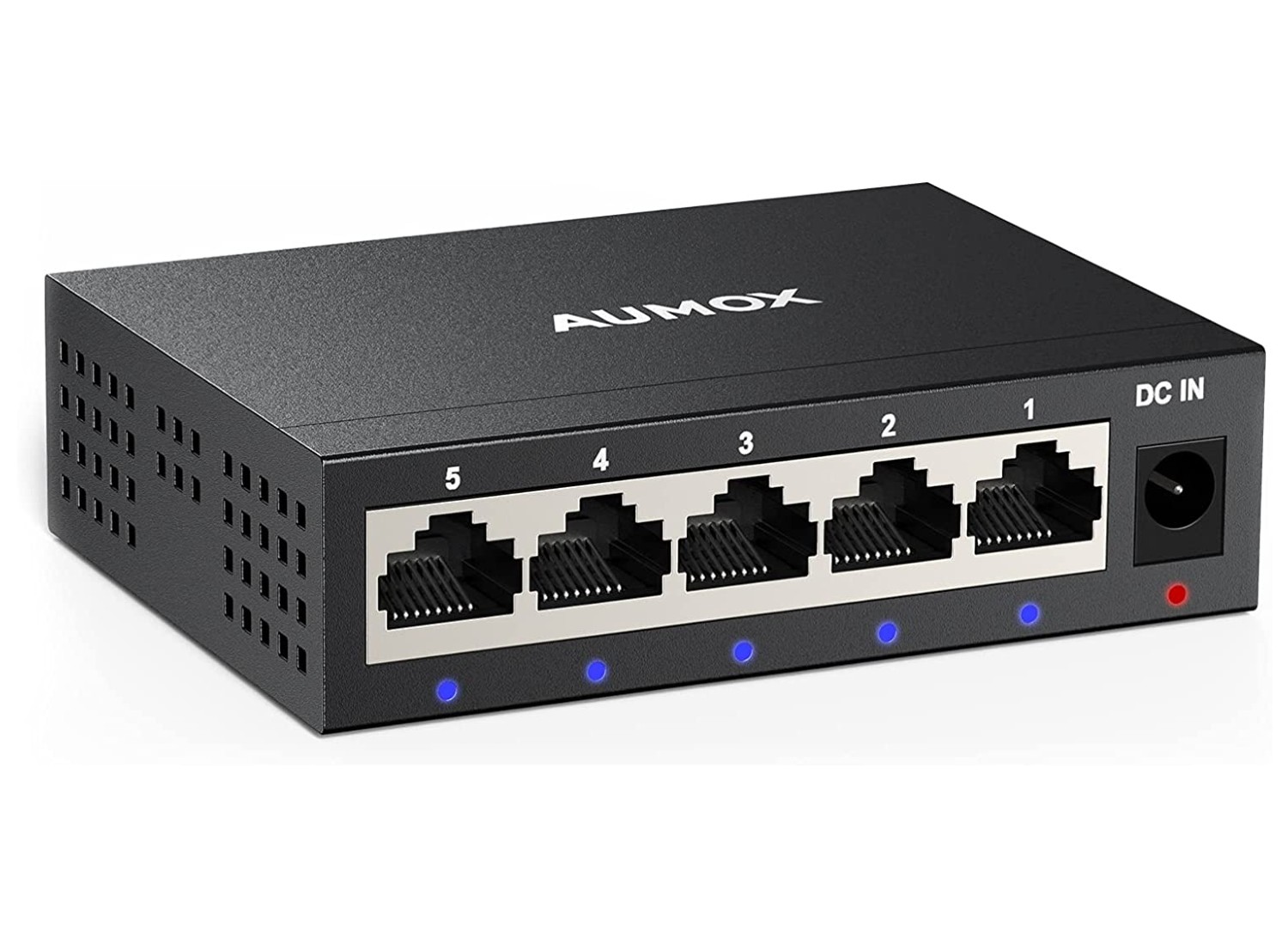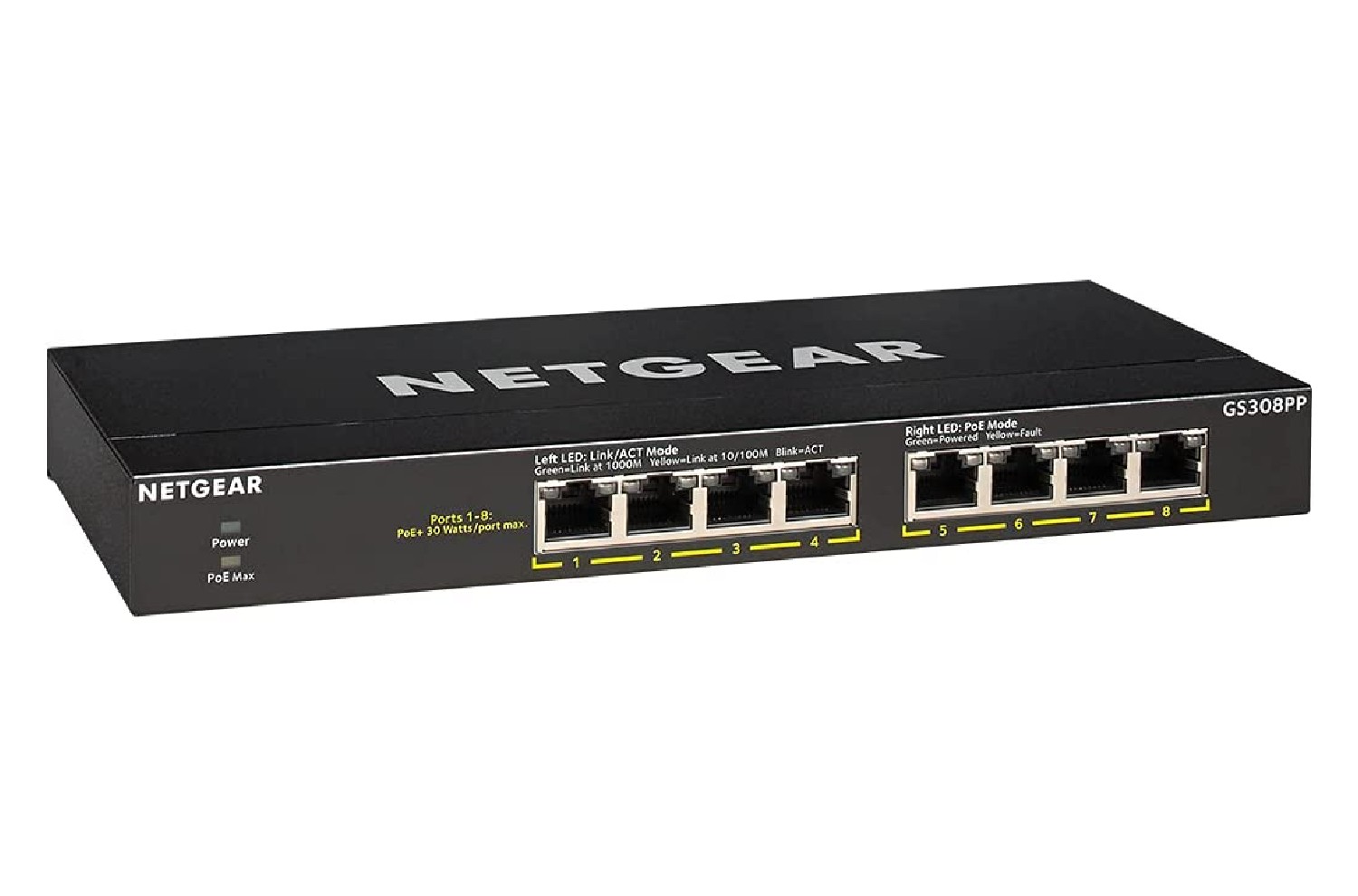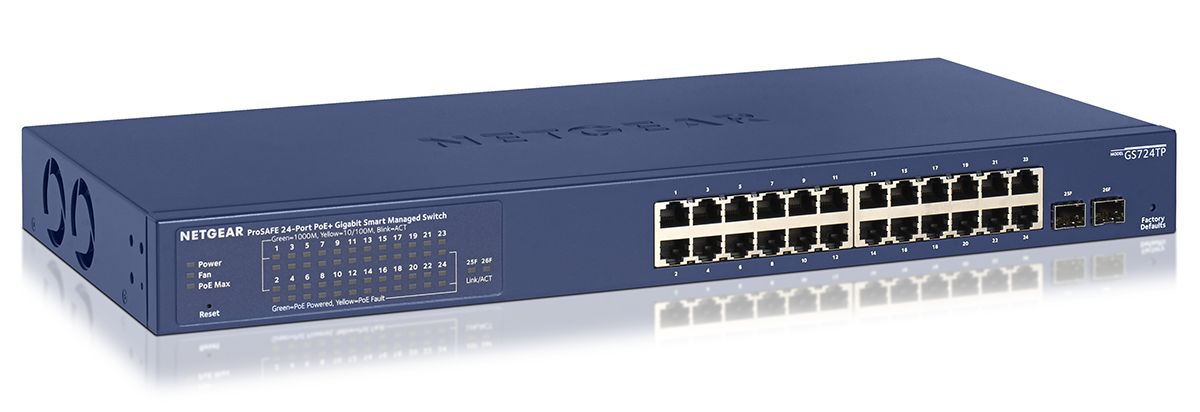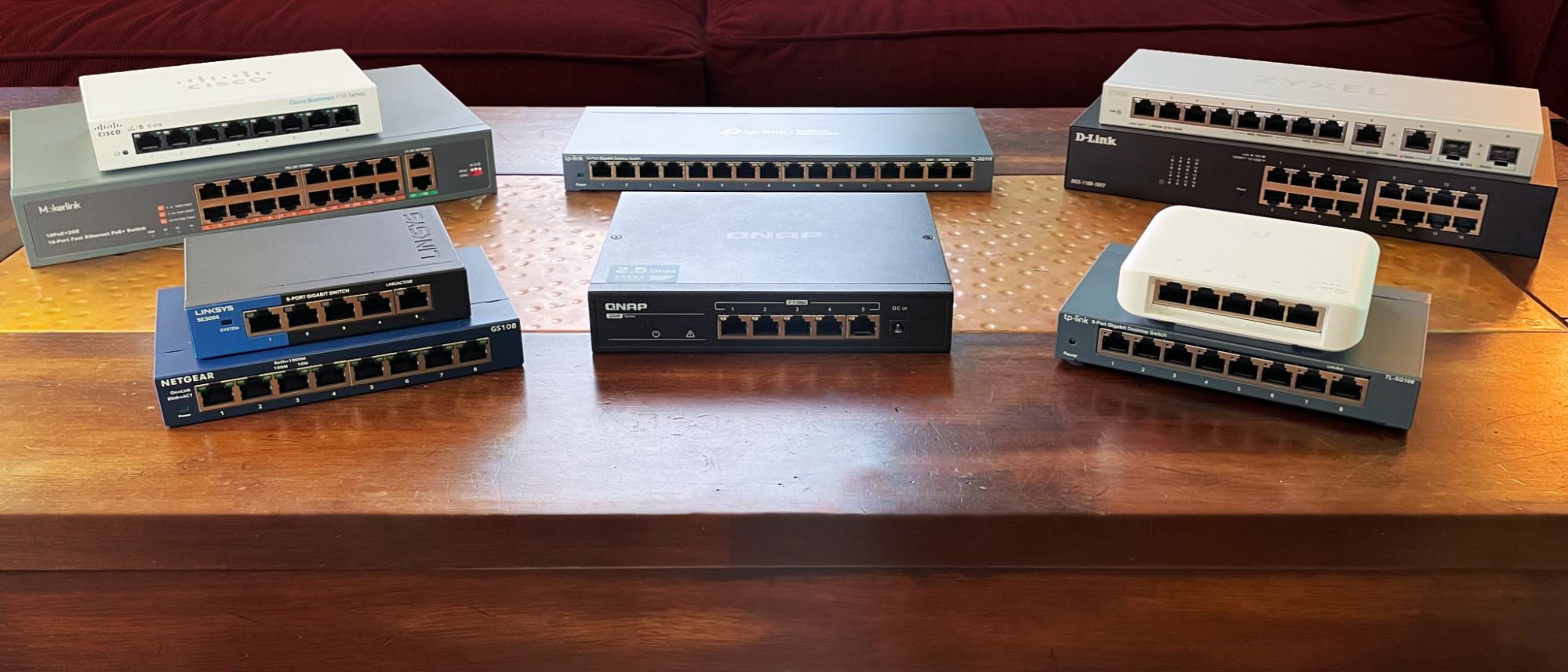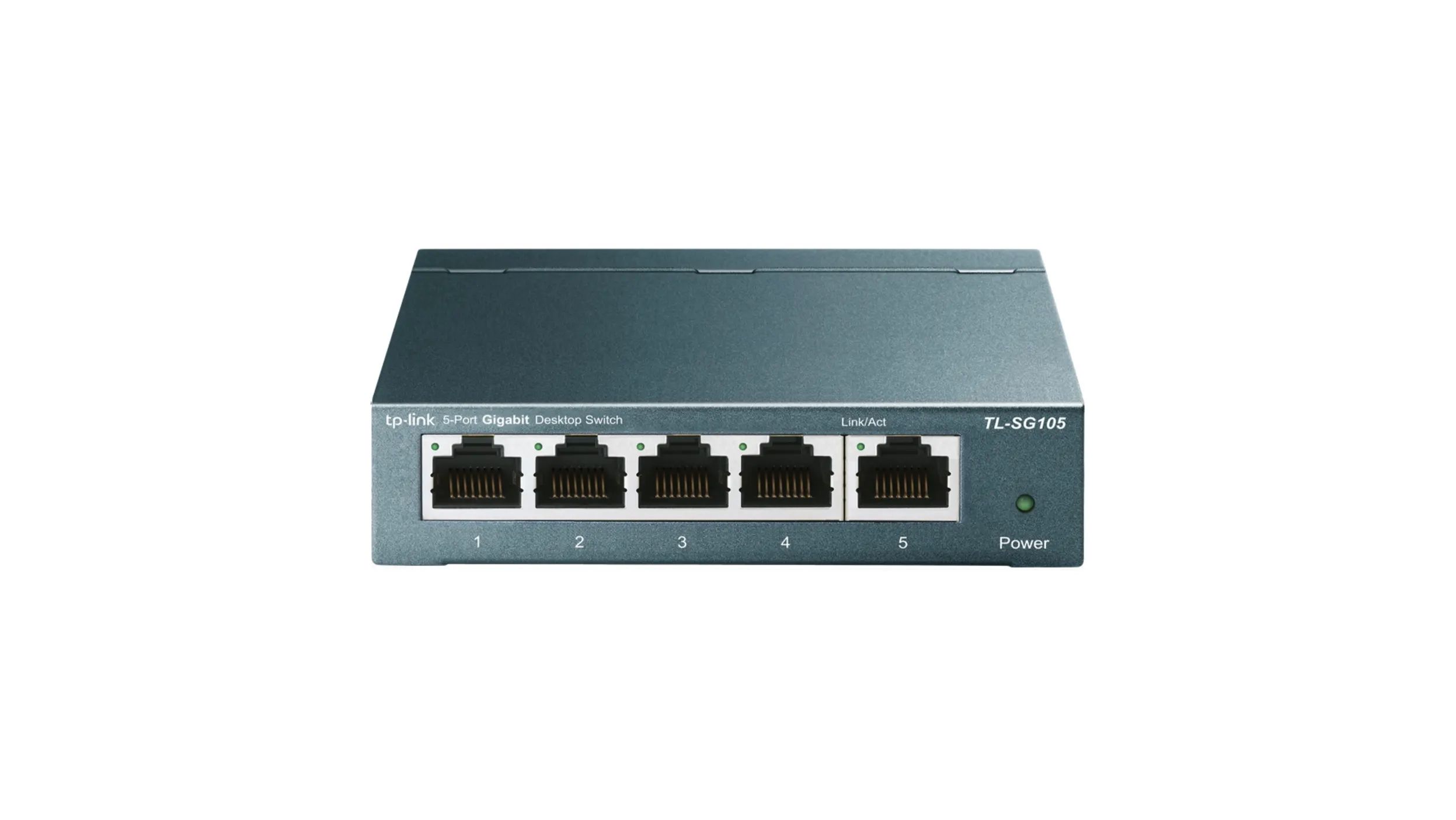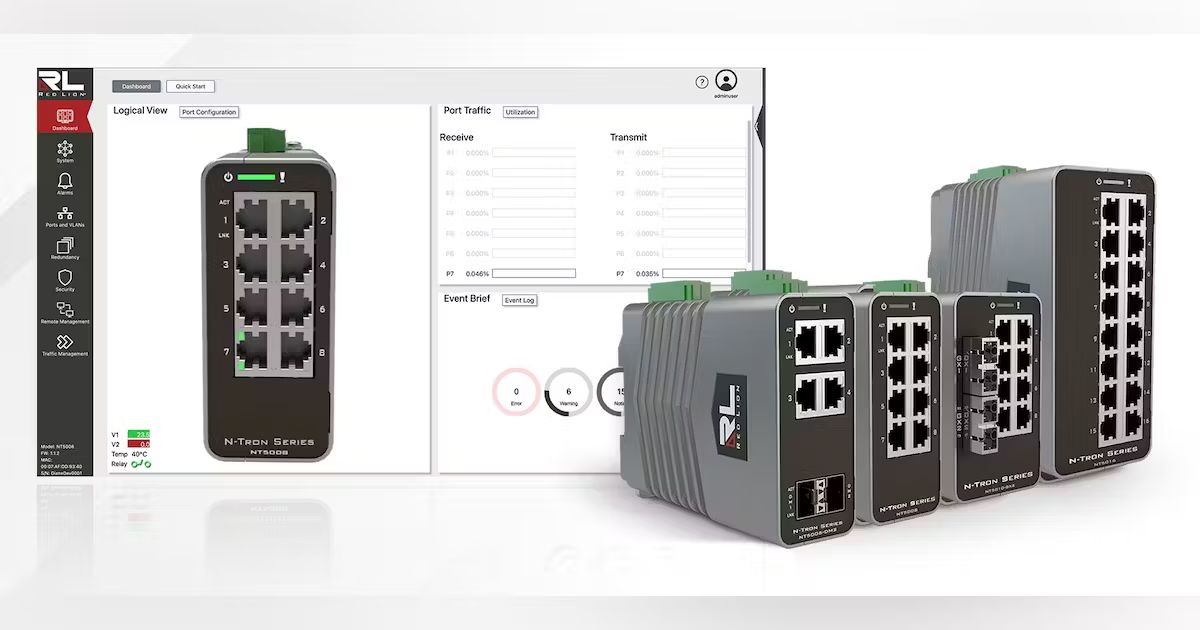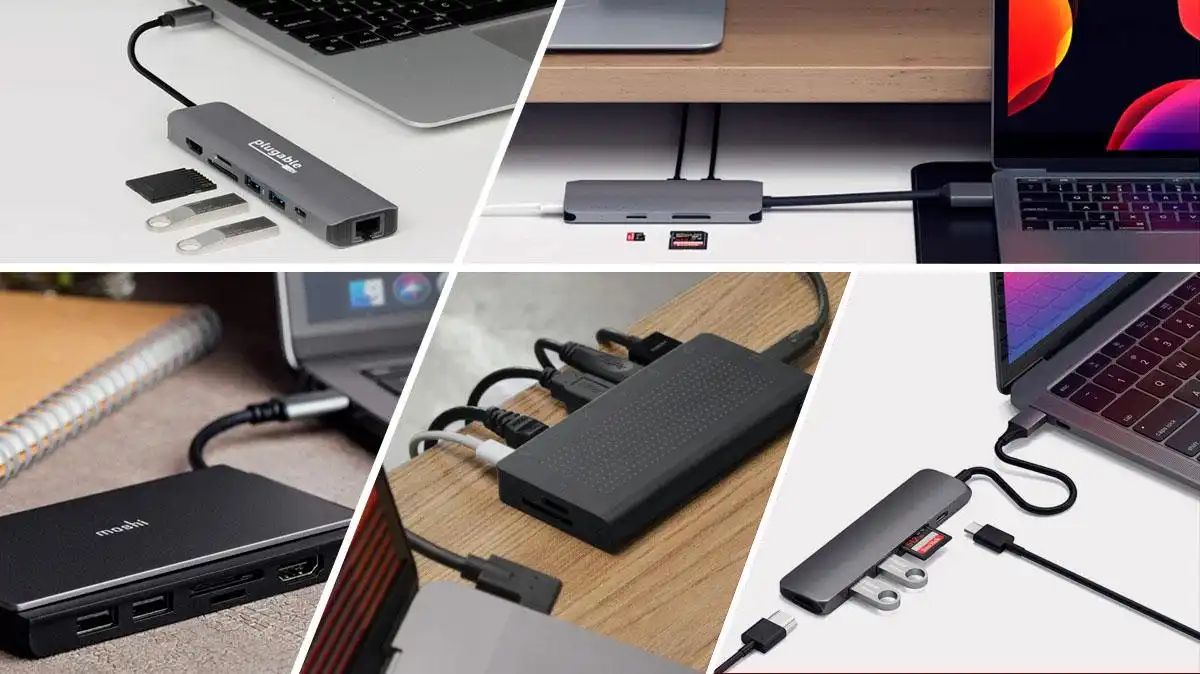Introduction
An Ethernet port is a crucial component of any network setup, whether it’s in your home or office. It serves as the interface that allows devices to connect to a Local Area Network (LAN) or the internet. Understanding what an Ethernet port looks like and how to identify one is essential when troubleshooting connectivity issues or setting up new devices.
As technology continues to advance, Ethernet ports have become a standard feature on a wide range of devices, including computers, laptops, gaming consoles, routers, and even smart home devices. They provide a reliable and secure method of transferring data between devices in a network.
In this article, we will explore the physical appearance of an Ethernet port, common features, different types, and how to identify them. We will also discuss Ethernet port standards and useful accessories that can enhance its functionality.
Whether you are a tech enthusiast, network administrator, or simply a curious individual wanting to understand more about Ethernet ports, this article will provide you with the necessary information. So, let’s dive in and uncover the world of Ethernet ports.
What is an Ethernet Port?
An Ethernet port is a physical socket on a device that allows it to connect to a wired network. It is the point of entry or exit for data transmission between a device and the network. This port serves as an interface for connecting devices, such as computers, routers, switches, and modems, to Local Area Networks (LANs), Wide Area Networks (WANs), or the internet.
Ethernet ports are designed to adhere to specific standards defined by the Institute of Electrical and Electronics Engineers (IEEE). The most common standard is the Ethernet standard, also known as IEEE 802.3, which governs the specifications for the physical and data link layers of the network communication protocol.
Through an Ethernet port, devices can send and receive data packets using Ethernet cables. These cables are usually Category 5e (Cat5e) or Category 6 (Cat6) cables, which provide a reliable and fast wired connection. The Ethernet port provides a secure and stable connection compared to wireless alternatives, making it ideal for applications that require high bandwidth and low latency.
Additionally, an Ethernet port can support various networking technologies, including Ethernet over twisted pair (Ethernet/IEEE 802.3), Ethernet over fiber optic cables (fiber optic Ethernet), and Power over Ethernet (PoE) – which allows devices to receive power through the Ethernet cable.
In summary, an Ethernet port is a physical interface that enables devices to connect to a wired network, facilitating data transmission and communication between devices within a network. It plays a vital role in establishing fast, secure, and reliable connections for various applications, from browsing the internet to accessing shared resources on a local network.
The Physical Appearance of an Ethernet Port
The physical appearance of an Ethernet port can vary slightly depending on the device and the specific Ethernet standard that it adheres to. However, there are some common characteristics that most Ethernet ports share.
An Ethernet port is typically a small rectangular socket located on the back or side of a device. It is usually recessed within the device’s housing to provide a secure and stable connection. The port has a female connector that is designed to receive the male connector of an Ethernet cable.
The Ethernet port is often labeled with the word “Ethernet” or an “LAN” (Local Area Network) symbol, making it easily identifiable. This labeling helps distinguish it from other ports on the device, such as USB or HDMI ports.
The most common type of Ethernet port is the RJ-45 port, which stands for Registered Jack-45. The RJ-45 port is an eight-pin connector that closely resembles a telephone jack, but with more pins. It is the standard connector for Ethernet cables and is widely used in networking equipment and network-enabled devices.
When looking at an Ethernet port, you will notice that it has small metal contacts inside. These contacts, typically gold or silver in color, ensure proper electrical conductivity when the Ethernet cable is inserted. The number of contacts varies depending on the Ethernet standard supported by the port.
In some cases, Ethernet ports may have additional features or indicators. For example, some ports may have LED lights next to them to indicate connection status or activity. These lights can provide valuable information, such as whether the port is active or if there is a problem with the connection.
Overall, the physical appearance of an Ethernet port is characterized by its small rectangular shape, recessed design, labeling, and the presence of an RJ-45 connector. Understanding the physical characteristics of an Ethernet port is essential when connecting devices to a network or troubleshooting connectivity issues.
Common Features of Ethernet Ports
Ethernet ports, regardless of the device they are integrated into, share several common features that enable them to function as the interface for wired network connections. Understanding these features can help in identifying and utilizing Ethernet ports effectively.
- RJ-45 Connector: Most Ethernet ports utilize an RJ-45 connector, which is a standardized eight-pin connector that ensures the proper physical connection between the port and an Ethernet cable. This design allows for easy insertion and secure connectivity.
- Auto-Negotiation: Ethernet ports often incorporate auto-negotiation functionality, which automatically detects the capabilities of the connected device and establishes the optimal network connection. This feature eliminates the need for manual configuration and ensures compatibility between devices.
- Full-Duplex and Half-Duplex: Ethernet ports support either full-duplex or half-duplex communication. Full-duplex allows simultaneous data transmission in both directions, providing faster and more efficient communication. Half-duplex, on the other hand, allows data transmission in only one direction at a time.
- Speed and Bandwidth: Ethernet ports come in various speeds, including 10 Mbps (megabits per second), 100 Mbps, 1 Gbps (gigabit per second), 10 Gbps, and even higher speeds. The speed determines the maximum data transfer rate supported by the port. Higher speeds provide faster network connections and increased bandwidth.
- Power over Ethernet (PoE): Some Ethernet ports support Power over Ethernet (PoE) technology. This feature enables the port to provide power to compatible devices, eliminating the need for a separate power source. PoE is commonly used to power devices like IP cameras, wireless access points, and VoIP phones, simplifying installation and reducing cable clutter.
- LED Indicators: Many Ethernet ports include LED indicators near the port that provide visual feedback regarding connection status, activity, and speed. These lights can help diagnose network issues and monitor the network’s performance at a glance.
Understanding these common features allows users to make the most out of Ethernet ports and optimize network connectivity. Whether it’s auto-negotiation for seamless compatibility, determining the right speed for data-intensive applications, or utilizing PoE for powering devices, Ethernet ports provide the necessary features for robust and efficient network connections.
Different Types of Ethernet Ports
There are various types of Ethernet ports available, each designed to meet specific needs and support different network standards. Below are the most common types of Ethernet ports you may come across:
- RJ-45 Ethernet Port: The RJ-45 port is the standard Ethernet port found on most devices. It uses an eight-pin connector and is compatible with Category 5e (Cat5e) and Category 6 (Cat6) Ethernet cables. It supports various Ethernet standards, such as 10BASE-T, 100BASE-TX, and 1000BASE-T, offering different data transfer speeds.
- Fiber Optic Ethernet Port: Fiber optic Ethernet ports, also known as SFP ports (Small Form-factor Pluggable), are found on devices that utilize fiber optic cables for network connections. These ports are specifically designed to handle high-speed data transmission over long distances, offering benefits such as higher bandwidth, immunity to electromagnetic interference, and better security.
- USB Ethernet Port: Some devices, particularly laptops and tablets, may have a USB Ethernet port. These ports allow you to connect to a wired network by using a USB-to-Ethernet adapter. They are a convenient option for devices that don’t have a built-in Ethernet port but need a reliable and high-speed network connection.
- Thunderbolt Ethernet Port: Apple devices, such as MacBooks, may feature Thunderbolt Ethernet ports. Thunderbolt is a high-speed interface that supports data transfer and video output. Thunderbolt Ethernet ports can provide fast network connectivity by using a Thunderbolt-to-Ethernet adapter.
- Serial Ethernet Port: Serial Ethernet ports, often referred to as console ports, are commonly found on networking equipment such as routers, switches, and firewalls. These ports allow for management and configuration of the devices using a console cable, facilitating command line access for troubleshooting and setup purposes.
It’s worth noting that these are just a few examples of the different types of Ethernet ports available. It’s important to consider the specific requirements of your devices and network setup when selecting the appropriate Ethernet port type.
Understanding the different types of Ethernet ports enables you to make informed decisions when connecting devices and building network infrastructures that meet your specific needs for speed, distance, and compatibility.
How to Identify an Ethernet Port
Identifying an Ethernet port is relatively straightforward, and there are a few key factors to look for when trying to locate one:
- Physical Appearance: Ethernet ports are usually small, rectangular sockets that are recessed into the device’s housing. They are commonly located on the back or side of devices like computers, routers, and switches. Look for a port labeled as “Ethernet” or with the familiar LAN symbol, which resembles a set of vertical bars connected by horizontal lines.
- Labeling: The Ethernet port may have text or symbols next to it that indicate its function. Manufacturers often use labels such as “LAN,” “Ethernet,” or “Network” to identify the port.
- RJ-45 Connector: Most Ethernet ports use an RJ-45 connector, which is an eight-pin connector with a tab on one side. Look for a small rectangular opening on the device that matches the size and shape of an Ethernet cable’s male RJ-45 connector.
- LED Indicators: Some Ethernet ports have LED indicators located near or within the port itself. These lights may indicate whether the port is active, the status of the network connection, or the speed of data transfer. LED indicators can be helpful in identifying Ethernet ports and troubleshooting connectivity issues.
- Device Specifications: When in doubt, refer to the device’s specifications or user manual. It will provide detailed information about the ports available, including Ethernet ports. Specifications often include terms like “Ethernet port,” “RJ-45 port,” or “network connectivity” to describe the presence of an Ethernet port.
By considering these factors and using visual cues, labels, and device specifications, you can confidently identify Ethernet ports on various devices.
Remember that Ethernet ports may vary in appearance and design among different devices and manufacturers, but they generally share common characteristics like the RJ-45 connector and labeling. These identification techniques will help you locate the Ethernet port and establish wired network connections effectively.
Ethernet Port Standards
Ethernet port standards are specifications that govern the physical and data link layers of the Ethernet communication protocol. These standards ensure compatibility and interoperability between devices across different networks. The Institute of Electrical and Electronics Engineers (IEEE) has defined several Ethernet port standards, the most common of which are:
- IEEE 802.3 Ethernet Standard: Also known as the Ethernet standard, IEEE 802.3 is the foundation for Ethernet communication. It specifies the physical medium and data link layer protocols, including the use of the CSMA/CD (Carrier Sense Multiple Access with Collision Detection) access method. This standard covers various Ethernet port speeds, such as 10 Mbps (10BASE-T), 100 Mbps (100BASE-TX), 1 Gbps (1000BASE-T), 10 Gbps (10GBASE-T), and beyond.
- IEEE 802.3u Fast Ethernet: The IEEE 802.3u standard, commonly referred to as Fast Ethernet, introduced the 100 Mbps data transfer speed. It uses the same CSMA/CD access method as the original Ethernet standard but provides faster communication through improved signaling and cable specifications. Fast Ethernet ports are widely used in both home and business networks.
- IEEE 802.3ab Gigabit Ethernet: Gigabit Ethernet, specified under IEEE 802.3ab, supports data transfer speeds of up to 1 Gbps (1000 Mbps). It uses the same CSMA/CD access method but with enhanced signaling and cable requirements. Gigabit Ethernet ports are commonly found in modern devices and provide significantly faster network speeds compared to Fast Ethernet.
- IEEE 802.3ae 10 Gigabit Ethernet: 10 Gigabit Ethernet, defined by IEEE 802.3ae, is designed for high-performance networking applications that require extremely fast data transfer rates. It supports data rates of 10 Gbps (10,000 Mbps) over both copper and fiber optic cables. 10 Gigabit Ethernet ports are typically found in enterprise-level networking equipment and high-end servers.
- IEEE 802.3at Power over Ethernet (PoE+): PoE+ is an extension of the Ethernet standard that allows the transmission of power over Ethernet cables. Defined by IEEE 802.3at, PoE+ enables devices to receive power while simultaneously transmitting data, eliminating the need for separate power cables. PoE+ ports are commonly found in devices such as IP phones, IP cameras, and wireless access points.
These are just a few examples of the Ethernet port standards that have been defined by the IEEE. It is important to understand these standards to ensure compatibility and maximum performance when connecting devices to Ethernet networks.
By adhering to these standards, manufacturers can produce devices that work seamlessly with other compatible networking equipment, allowing for reliable and efficient data transmission across interconnected networks.
Useful Accessories for Ethernet Ports
While Ethernet ports are essential for connecting devices to a wired network, there are several accessories available that can enhance their functionality and provide additional features. These accessories are designed to improve network performance, expand connectivity options, and simplify network management. Here are some useful accessories for Ethernet ports:
- Ethernet Cables: High-quality Ethernet cables are crucial for reliable and fast network connections. Category 5e (Cat5e) and Category 6 (Cat6) cables are commonly used for Ethernet connections. It’s essential to choose the appropriate cable length and quality to ensure optimal performance.
- Switches: Ethernet switches are devices that allow multiple Ethernet devices to connect and communicate within a network. They provide additional Ethernet ports and facilitate efficient data transfer between devices. Switches can expand network capacity and improve network performance.
- Routers: Routers not only provide Ethernet ports for wired network connections but also act as gateways to connect local networks to the internet. They offer features such as DHCP (Dynamic Host Configuration Protocol), firewall protection, and wireless connectivity, allowing devices to access the network both wired and wirelessly.
- Power over Ethernet (PoE) Injectors/Switches: PoE injectors or PoE switches are accessories designed to provide power to PoE-enabled devices through an Ethernet cable. They eliminate the need for separate power adapters, simplifying installation and reducing cable clutter. PoE accessories are commonly used for networking equipment, IP cameras, wireless access points, and VoIP phones.
- Ethernet Adapters: Ethernet adapters are useful when a device doesn’t have a built-in Ethernet port or requires additional ports. USB-to-Ethernet adapters convert a USB port into an Ethernet port, allowing devices to connect to a wired network. These adapters are commonly used with laptops, tablets, and other devices that lack built-in Ethernet ports.
- Patch Panels: Patch panels are used in network installations to organize and manage Ethernet connections. They provide a centralized location for terminating Ethernet cables from various devices and allow for easy rearrangement, maintenance, and troubleshooting. Patch panels are commonly found in data centers and larger network setups.
- Cable Testers: Cable testers are valuable tools for diagnosing and troubleshooting Ethernet cable connectivity issues. They help identify wiring faults, shorts, and misconfigurations, ensuring that the cables are correctly installed and operating at optimal levels.
These accessories play a crucial role in expanding the capabilities and improving the performance of Ethernet ports. Whether it’s using switches for connecting multiple devices, PoE injectors for powering network-enabled devices, or cable testers for ensuring proper cable installations, these accessories enhance the overall functionality of Ethernet ports in different network setups.
Conclusion
Understanding Ethernet ports is key to creating and managing a reliable wired network connection. Ethernet ports serve as the interface through which devices can connect to a Local Area Network (LAN) or the internet. By recognizing their physical appearance and features, identifying different types, and being aware of the Ethernet port standards, users can successfully establish and troubleshoot network connections.
Ethernet ports come in various forms, including the commonly used RJ-45 ports, fiber optic ports, USB Ethernet ports, and serial ports found on networking equipment. Each type serves specific purposes and supports different network standards, such as the IEEE 802.3 Ethernet Standard, Fast Ethernet, Gigabit Ethernet, and 10 Gigabit Ethernet.
Accessories such as Ethernet cables, switches, routers, Power over Ethernet (PoE) injectors/switches, Ethernet adapters, patch panels, and cable testers can enhance Ethernet port functionality. These accessories facilitate proper connectivity, improve network performance, and simplify network management.
Having a firm understanding of Ethernet ports and their accessories allows users to make informed decisions when setting up and maintaining their network infrastructure. Whether it’s identifying Ethernet ports by their physical appearance, choosing the appropriate Ethernet port standard, or utilizing accessories to optimize network connectivity, knowledge of Ethernet ports is key to building a robust and efficient wired network.
In conclusion, Ethernet ports form the backbone of wired network connectivity. By familiarizing oneself with their physical appearance, features, different types, and associated accessories, users can harness the power of Ethernet ports to create a reliable and high-performance network. Embracing the world of Ethernet ports opens up a realm of possibilities for seamless data transmission, network expansion, and enhanced network management.









